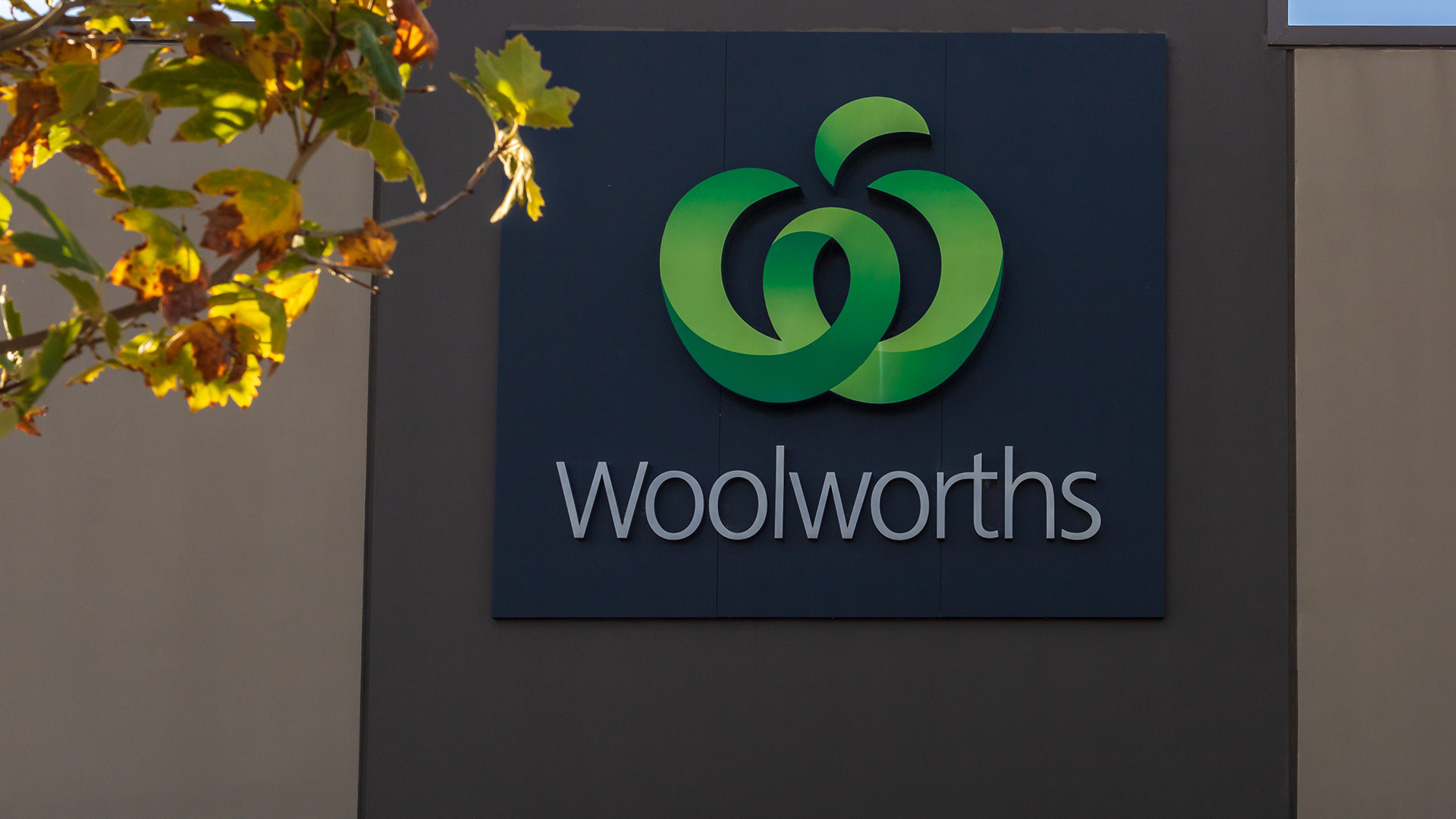Weaker bank shares helped take the wider market lower for another session, but the day’s loss was nowhere near as damaging as Monday’s 1.2% slump.
Instead, it was a mere 6 points as investors recovered their nerve about the banks after an initial sell down in the wake of new capital rules from regulators.
The S&P/ASX 200 Index fell 6.6 points, or 0.1%, to 6665.7 while the All Ords lost 7.3 points, or 0.1%, to 6750.1.
Commonwealth Bank shares fell 0.4% to $80.97, ANZ slid 0.7% to $27.69, Westpac dropped half a percent to $27.89 and NAB shares lost just 0.2% at $26.68.
Bank shares were down more than 1% in early trading but statements from the big four with estimates of their new capital requirements helped steady sentiment.
The Commonwealth (CBA) said that based on its Risk Weighted Assets (RWA) of $447 billion as at March 31 this year, “the additional three percentage points represent an incremental increase of approximately $13 billion of Total Capital. CBA expects that this would result in a decrease in the senior funding requirement.” Meaning the bank believes it would not have to raise as much Tier 1 or high-quality capital.
“The ultimate cost is not yet known, given the pricing of instruments will be impacted by the change in market supply of new issuance by the Australian banks,” CBA said.
Westpac’s statement told a similar story:
“Based on Westpac’s RWA of $420 billion at 31 March 2019, this represents around $13 billion of additional capital, the bulk of which is expected to be raised through Tier 2 Capital. The increase in capital will see a corresponding decrease in other forms of funding. This increase in Total Capital will take full effect from 1 January 2024.
“It is too early to determine the actual total cost to Westpac given the pricing of any new Tier 2 Capital is expected to be impacted by the increase in the supply of Tier 2 on issue by Australian banks.”
As did the ANZ’s statement:
“Based on ANZ’s RWA of $396bn as at 31 March 2019, this represents an incremental increase in the Total Capital requirement of approximately $12bn, with an equivalent decrease in other senior funding1. APRA continues to anticipate that D-SIBs would satisfy the requirement predominantly with Tier 2 capital.
APRA noted that its “overall targeted calibration of an additional four to five percentage points of loss-absorbing capacity remains unchanged. Over the next four years, feasible alternative methods for raising the additional one to two percentage points will be considered in consultation with industry and other interested stakeholders.”
And the NAB said that based on NAB’s RWA of $403bn at 31 March 2019, the three percentage point requirement represents an incremental increase of $12.1bn of Total Capital. NAB expects to meet the new requirement primarily through the issuance of Tier 2 Capital, with a corresponding decrease in senior debt issuance.”













